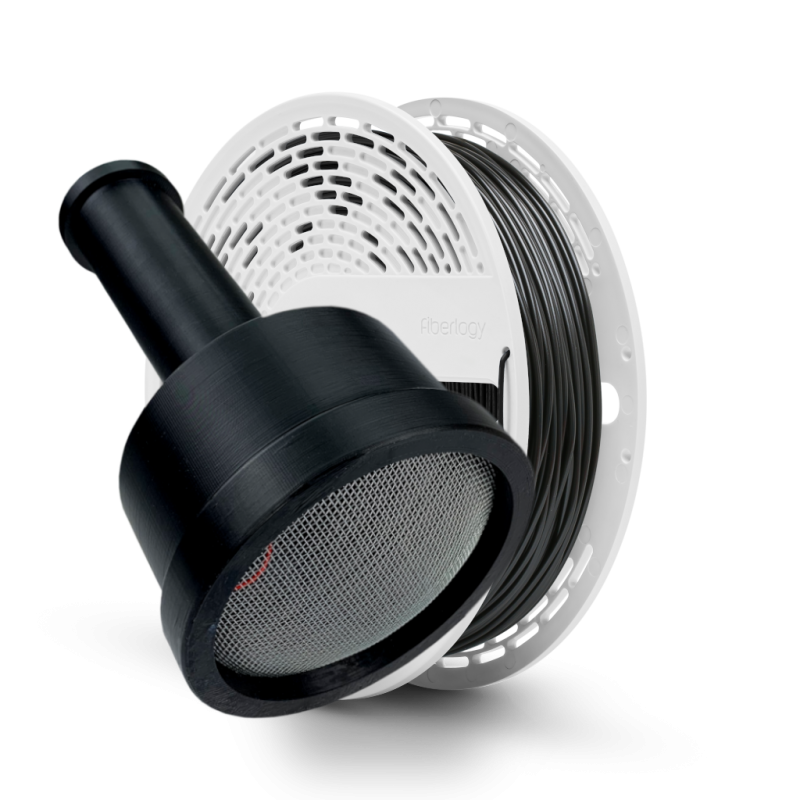






152.03 tax excl.

Odstapienie od umowy w terminie do 14 dni bez podawania powodu

Przedmioty dostępne na magazynie wysyłamy w dni robocze w przeciągu 24 godzin
Fiberlogy ABS ESD specialized filament for 3D electronics printing
Fiberlogy ESD filament was created to protect electronic components sensitive to electrostatic discharge. The material has high dissipative and antistatic properties in relation to energy from discharges, which prevents damage and significantly reduces the risk of destruction of electronics.
The destructive nature of electrostatic discharges leads to the generation of high costs related to maintenance, repair and replacement of exposed components, which are borne by companies producing and using electronics in conditions conducive to the ESD effect. The purpose of ESD from Fiberlogy is to eliminate this threat. Therefore, the ESD filament will work well in printing housings: integrated circuits, sensors, connectors, and measuring instruments.
ELECTRONICS: housings, covers, cases, covers, products equipped with diodes, connectors
TOOLS OR THEIR PARTS: tools for working with electronics, tools for manufacturing electronic components
TRANSMISSION PARTS AND TOOLS: machine components, elements of equipment for employees and production plants
Net weight: 0.5kg
Printing temperature: 250-265 °C
Table temperature : 90-110°C
Diameter tolerance: +/- 0.02 mm
Oval tolerance: +0.01 mm
drying conditions: 60°C / 4h
recommended printing in a closed chamber
Due to the presence of nanoparticles, the structure of the filament is not smooth. The occurrence of thickening is natural, but does not disturb the correct diameter of the filament, which is within the declared range. Due to the possibility of accumulation of nanoparticles, we recommend using a 0.6 mm nozzle, and if the nozzle becomes clogged, the printing temperature should be increased
Specific References